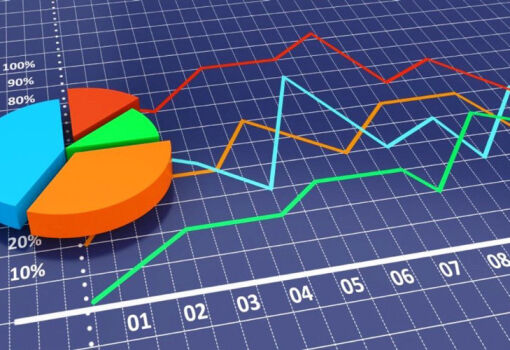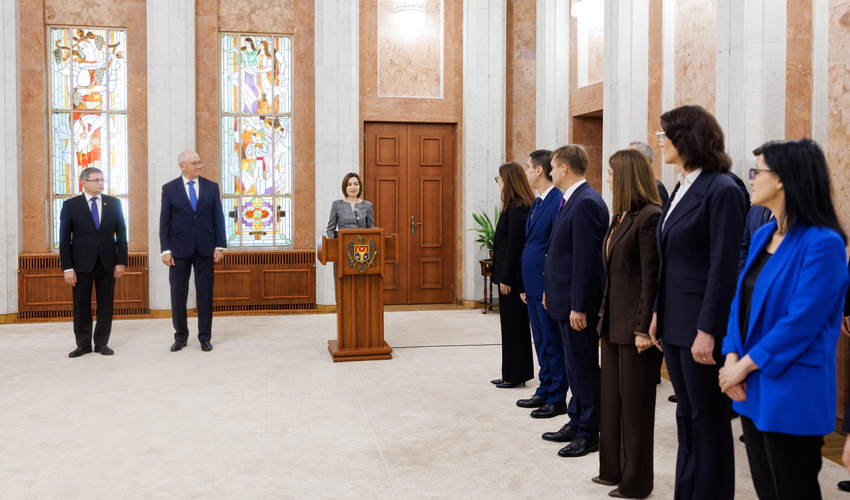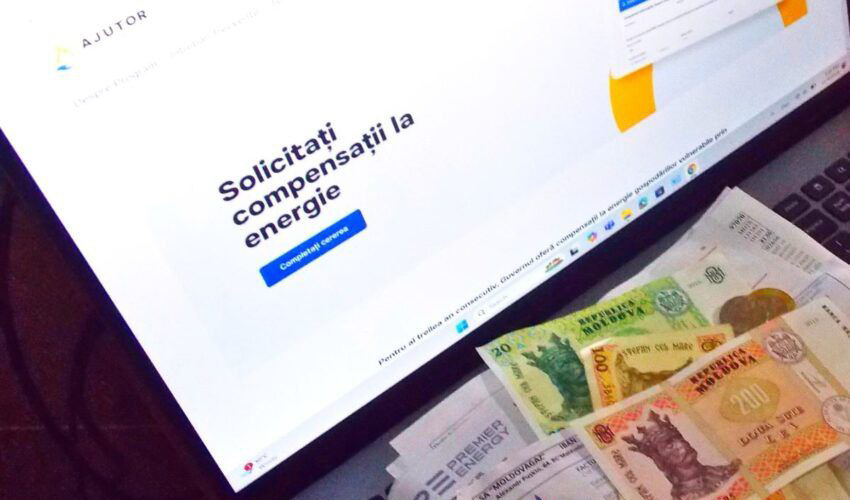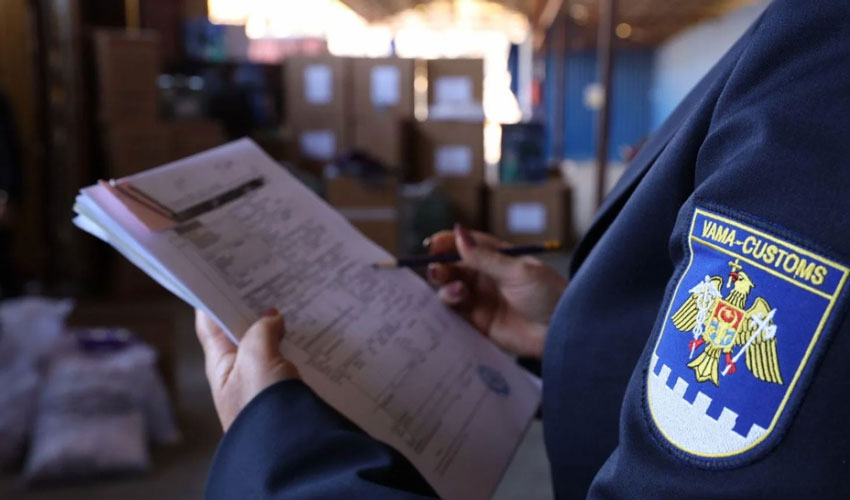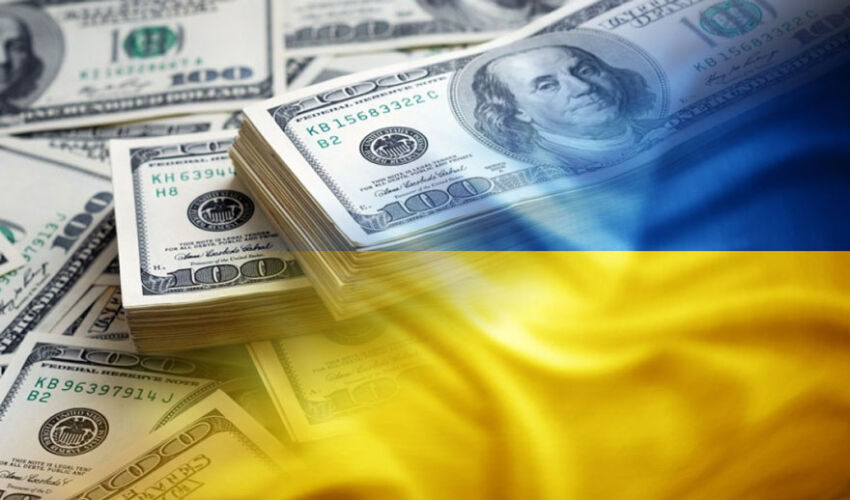
Preliminary talks on debt restructuring were held in Washington but ended in failure, the authoritative English edition of the Financial Times has said. They involved a group of holders of Ukrainian GDP warrants – government bonds tied to the country’s economic growth.
Ukraine issued these bonds in 2015 to restructure its debt at the time. The terms of the issue implied interest payments when the Ukrainian economy grows more than 3% per year. In 2023, Ukraine’s GDP growth exceeded 5%.
Since the outbreak of hostilities in 2022, the bond-guarantees have been the subject of fierce debate and controversy between Kiev and many Western countries providing financial support to Ukraine. External partners do not want their money to go to pay private investors – holders of Ukrainian securities.
The Ukrainian government has its own arguments. During talks in Washington last week with investors, representatives of Ukraine’s finance ministry said: “The GDP-warrants were intended for a situation that no longer exists. The country’s moderate GDP growth in 2023 is not indicative of economic prosperity – it is only a fragile recovery from the nearly 30 percent decline in 2022 caused by the fighting.”
The International Monetary Fund is also concerned about the situation. It recently made a statement that if there are no bond payments, it would pose a serious risk to the sustainability of existing debt levels, even after the IMF’s $15.5 billion crisis bailout and last year’s restructuring of more than $20 billion in bond payments.
Just GDP-warrants were not included in last year’s external debt deferral because of their extreme complexity. The IMF believes that this is why Kiev should make a deal on them to avoid possible financial outflows in the coming years, which could amount to billions of dollars.
However, the Committee of Bondholders at the talks in Washington said that “further massive restructuring of the warrants is inappropriate and unnecessary.”
In this context, experts state that Ukraine will either have to find funds and repay the bond payments by the end of May or declare a partial default on its obligations.









